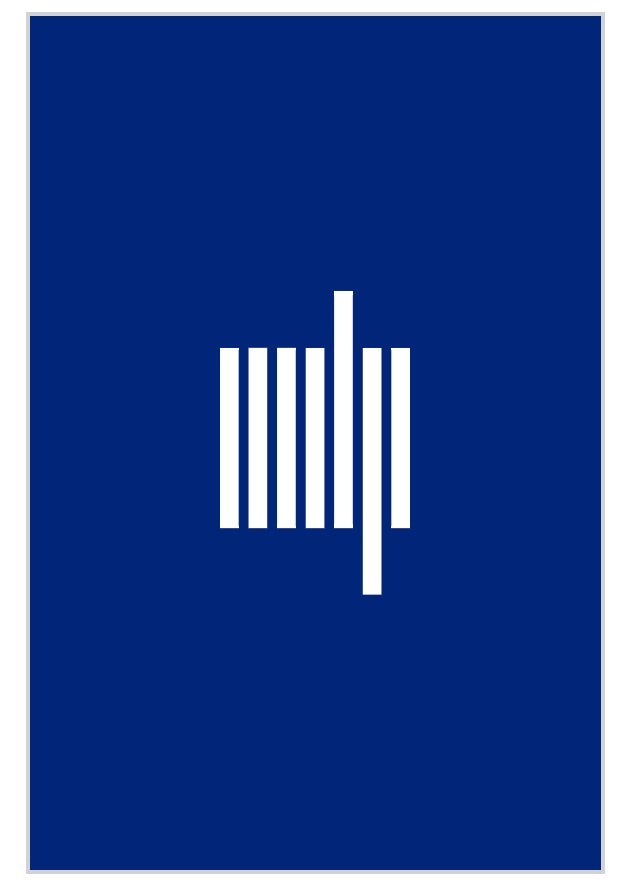Looking behind the facade of tightly structured tables of organization and chains of command, this group of studies addresses the key question of how the police go about policing themselves in the real world. The contributors' point of departure is the documented evidence that the men and women on the streets enjoy considerable autonomy and discretion that make strict accountability and close supervision the exception and mutual back-scratching in the lower ranks the rule, where the code of silence and the falsified report cover up widespread work avoidance, short-cut methods, illicit violence, and pay-offs. In spite of this, there are clearly constraints on police behavior-institutional controls, formal or informal, that keep the police under rein to a greater or lesser extent. The book probes the various sources of organizational control, including formal internal disciplinary regulations, the norms and values of the occupational culture, external legal constraints, and the overriding need to prevent scandals. It also suggests ways of improving organizational control through managerial reforms that bring to key positions not just proficient bureaucrats but leaders at all levels within the force who possess insight and empathy into the inescapable dilemmas of the men and women on the line where the real police decisions are made. The book is interdisciplinary and international in its scope, representing the research and informed views of sociologists, students of management and public policy, and police from the United States, Great Britain, Belgium, and The Netherlands.
The book is fourth in The MIT Press Series on Organization Studies.








